In 1876 the United States declared war on the Sioux in order to obtain the Black Hills in what is now South Dakota. Subsequently, Lt. Col. George Armstrong Custer led the 7th Cavalry in an attack on a Lakota and Cheyenne camp at the Little Bighorn River and was soundly de¬feated. Following this defeat, the U.S. military launched a major campaign against the Sioux and Cheyenne.
In 1877, Sioux leader Sitting Bull brought 135 lodges of his people north from the United States to find refuge in Canada. They settled in the White Mud River area of Saskatchewan. Here the Sioux found the buffalo in greater numbers than in the United States. To the Sioux, this appeared to be the promised land where they could continue their traditional lifestyle.
Major James Walsh of the Northwest Mounted Police met with Sitting Bull and told him that the Sioux would now have to obey the queen’s laws and in return they would receive the queen’s protection. He warned the Sioux that they were not to return to the United States to hunt or to steal. The Mounted Police had a reputation for being fair in their judgments. Some of the Mounted Police, including Walsh, felt that the Sioux had been badly treated in the United States. Walsh had a genuine concern for the well-being of Sitting Bull and his people.
The following year, an additional 240 Sioux lodges sought asylum in Canada. The bands were under the leadership of Little Hawk and Fools Heart. The arrival of more Sioux in Saskatchewan was of great concern to the Canadian tribes, such as the Cree, Blackfeet, Piegan, and Blood, who had been enemies of the Sioux. It was the task of the Mounted Police to maintain the peace.
In 1880, Major James Walsh, the Northwest Mounted Police officer who had been dealing with Sitting Bull’s Sioux was reassigned. N.F. Cozier replaced him and began to pressure the Sioux to return to the United States. He persuaded the young Sans Arc Sioux leader White Eagle of the futility of staying in Canada.
The Sioux leader Gall was the first to lead his people back to the United States. In 1880, Gall led his people south into Montana to the Poplar River Agency (now the Fort Peck Reservation). They camped in a wooded site across from the agency. Gall’s band was soon joined by a Sans Arc band under the leadership of Spotted Eagle. This increased their camp from 38 lodges to 73 lodges. In response to the gathering of these “hostile” Sioux bands, the army sent a force of 400 soldiers from Fort Keogh under the command of Major Ilges.
It is interesting to note that when the Sioux entered Canada, they were met by a single police officer who was successful in maintaining the peace. In the U.S., the Sioux were met with a show of overpowering military force.
Gall took the initiative and asked for a council with the major. In this council, Gall indicated that he was reluctant to give up his old way of life. While the major lacked specific instructions on dealing with Gall, he insisted that Gall and his people were going to move to Fort Buford in three days. Gall explained that he could not surrender because to do so would be to face certain starvation. While surrendering to the army might have provided the Sioux with rations, Gall did not trust the army and would rather risk starvation as a free man. He was aware that the Sioux and Assiniboine at the Fort Peck Agency were destitute and that starving Indians refused to live there.
Following the council with Gall, the Sioux warrior Crow then requested a council with the major. Crow and his warriors made it clear to the major that Sitting Bull was their chief and that they were going to wait to see what Sitting Bull was going to do.
In 1881, Army troops with three-inch Rodman guns prepared to attack the Sioux camps of Gall and Crow King near the Poplar River Agency. The soldiers crossed the frozen Missouri River and found one camp with 32 lodges that was almost deserted. A short time later they reached Gall’s camp of 40 lodges and found it deserted. In what was later called the “Battle of Poplar River,” the Army bombarded the Sioux villages with artillery fire. Soon, the Sioux began to trickle out of the thickets to surrender. The term “battle” is perhaps a misnomer for this encounter.
In spite of deep snow and bitter cold, the Army marched the three hundred captives-men, women, and children-to Fort Buford in North Dakota. The walk took four days.
Sioux leader Low Dog and 20 lodges of his people surrendered at Fort Buford. They were shipped by steamboat to Fort Yates on the Standing Rock Reservation in South Dakota.
A few months later, Sitting Bull and 187 members of his Lakota Sioux band returned south and surrendered to United States authorities at Fort Buford. When they boarded the steamer at Fort Buford, they believed they were going to be taken to Fort Yates near the Standing Rock Reservation so that they could be reunited with their families. At Fort Yates, however, they were told that they were to be transported to Fort Randall where they were to be confined as prisoners. The army was afraid that Sitting Bull would stir up trouble among the Indians at the agency. They spent 20 months at Fort Randall and were then allowed to return to the Standing Rock Agency.
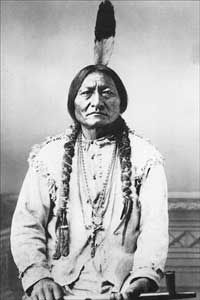
Thus in 1881, most of the Sioux refugees had returned to the United States and surrendered to the American army. The old hunting way of life was now over and the Sioux would have to settle down to life on the reservation.
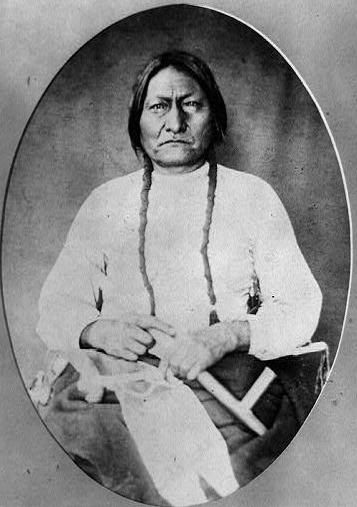
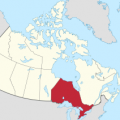
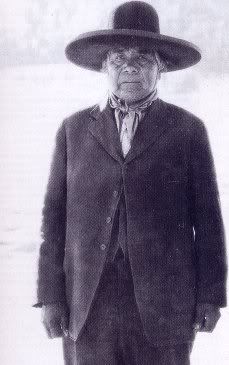
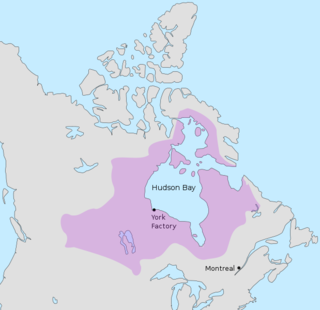
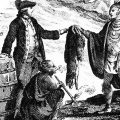
Hau. My name is Mitchell hunter. My great great was oyemakasan. White earth tracking. They claim he died but he did not. Charles a Eastman wrote all about hi. He used many other names to hid his true identity. He used white foot print in Canada. But he used the Indian name. Because oye- footprint and San -grey or white. But all together oyemakasan is tracking white earth. Or beige he was probably saying tracking wasicu on earth. I found oral written stories of him tracking cavalry and killing. He had other names before this. His greatest honor. He used BigHunter English. And he ended up with the name pejuta wakan. Mysterious medicine after his warrior days. He had two boys Peter and George hunter. George is my great. And he had my unka Harry big hunter. We used his name for our whole lastname. And it eventually got switched to hunter during my grandpa’s time. Charles wrote about all the great deeds he did for his tribe he was considered one of the best hunters of the Santee . their is not another name like his name Big hunter out of the Dakota. Oyemakasan family is still around and looking for help.